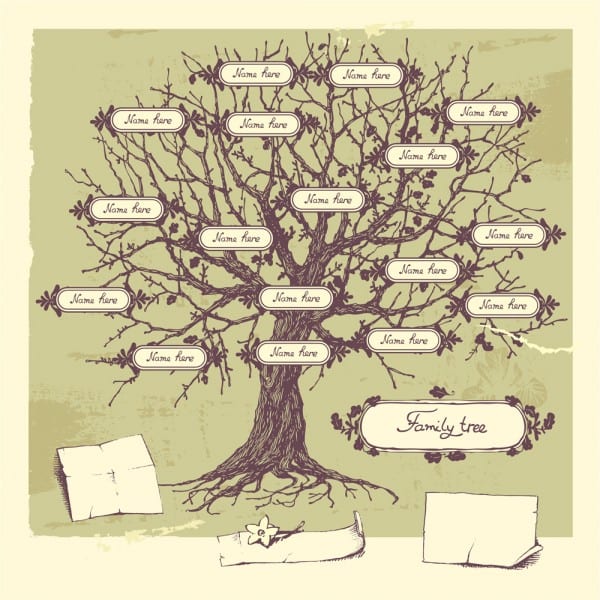This may seem morbid, but because obituary and death notices often list multiple family members and friends, they can help to confirm that you have located the correct individual, and also possibly provide a current location for your missing person, or his/her family members. Other types of newspaper notices can be equally helpful, including marriage announcements and stories about or anniversary parties. If you don’t know the town where your target individual is located, then search across multiple locations and use combinations of search terms to narrow your search.
If you know the name of another family member, for example, search for instances of that name (a sister’s first name, mother’s , etc.) in conjunction with the name of your target individual. Or include search terms such as an old street address, the town where they were born, the school they graduated from, their occupation–anything that helps to identify them from others with the same name.
Search Online Phone Directories
If you suspect the person lives in a particular area check for him or her in a variety of online phone directories. If you aren’t able to locate them, try searching for an old address which can provide a listing of neighbors and/or the name of the person currently residing in the home all of whom may know more about the present whereabouts of your missing person. You may also want to try a reverse-lookup by telephone number or email address. Check out and for directory suggestions.
Explore City Directories
Another excellent resource for locating addresses is a , a surprising number of which can now be found online. These have been published for over 150 years, in most U.S. cities. City directories are similar to telephone directories except that they include much more detailed information such as the name, address, and place of employment for every adult within a household. City directories also have sections similar to yellow pages which list area businesses, churches, schools, and even cemeteries. Most can only be researched through libraries, though many more are making their way into Internet databases.
Try the School or Alumni Association
If you know where the person went to high school or college, then check with the school or alumni association to see if he/she is a member. If you can’t find information for the alumni association, then contact the school directly – most schools have Web sites online – or try one of the many .
Contact Professional Associations
If you know what types of work or hobbies the person is involved with, then try contacting interest groups or professional associations for that field to learn whether he/she is a member. The is a good place to learn what associations are active for various interests.
Check With Their Former Church
If you know the individual’s religious affiliation, in the area where he/she last lived may be willing to confirm if he/she is a member, or whether the membership has been transferred to another house of worship.
Take Advantage of the free SSA Letter Forwarding Service
If you know the missing person’s , the both the IRS and SSA offer a whereby they will forward a letter to a missing individual on behalf of a private individual or government agency if this action is for a , and there is no other way to relay the information to the individual. If you think the person may be deceased, then try a search in the free online which will provide information such as date of death and the address (zip code) where the lump sum death benefit was sent.
If you are successful in finding the person you seek, it is time to take the next step – contacting him or her. Keep in mind as you approach this possible reunion that the person may resent the intrusion, so please tread with care. Hopefully your reunion will be a joyous occasion, and you will never lose touch again.

